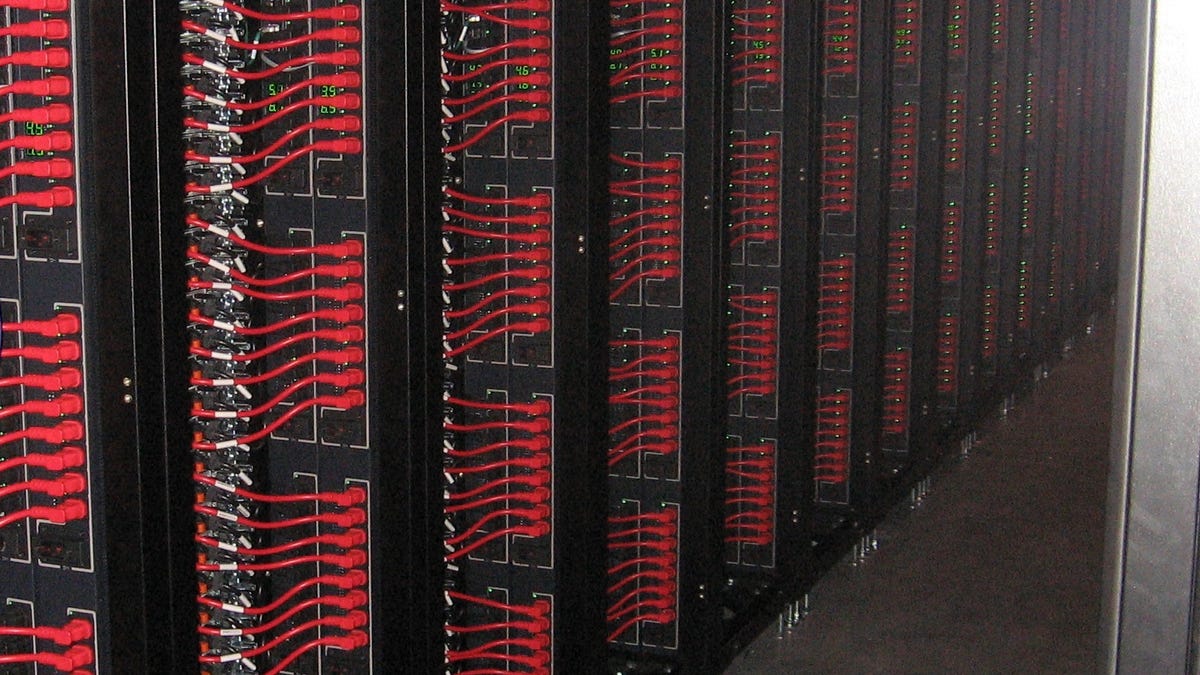Zynga readies 'private cloud' to run partners' games
"Own the base, rent the spike," becomes mantra for Zynga as it builds own infrastructure to replace its reliance on Amazon.

Zynga was once a big buyer of cloud computing services. Today, it's becoming a seller.
In 2009, when FarmVille started taking off--it grew to 10 million daily active users in six weeks, 25 million in five months--the company began to lean heavily on rented resources to handle the load. Zynga used Amazon Web Services, and over time, shunted more and more of the day-to-day load of running its games to AWS. By January 2011, AWS was handling 80 percent of Zynga's load. Only 20 percent was on servers that Zynga owned.
But at Zynga scale, using that infrastructure became inefficient, according to Zynga's CTO of infrastructure, Allan Leinwand, who I spoke with earlier in February. And by inefficient, he means expensive.
Zynga announced at the Cloud Connect conference in February that it had built out its own data center architecture and had successfully moved back into its own house. As of December 2011, Zynga was running 80 percent of its games on its hardware and 20 percent on AWS.
"The public cloud is the shock absorber," Leinwand says, before he repeats a mantra common to data center wonks: "Own the base. Rent the spike."
Today, as Zynga announces its platform strategy, it becomes clear why Zynga trotted Leinwand out for press interviews two weeks ago: Zynga wants developers to know that it has the muscle to run whatever games they can throw at it, and more importantly, that Zynga can act as their shock absorber should their games expand as rapidly as they hope.
"Our servers are optimized for game performance," Leinwand told me. "They're not four-door sedans." He says that Zynga's particular architecture, called zCloud, needs two-thirds the machines to run games than AWS does.
The zCloud has two man server types for running games. The servers that present the games to users are 16-core machines with from 24 to 48 GB of RAM and hard disks under 300 GB. Game state for all users is held in RAM in separate servers, "game memory servers," that have lower CPU specs but more memory, 72GB or more, Leinwand says. More details on the zCloud, and Zynga's infrastructure, are on the Zynga Engineering blog.
While older games like FarmVille were launched on AWS, new products like CastleVille rolled out on the zCloud. "We got 5 million players in six days," for that game on zCloud, Leinwand says.
While Leinwand won't disclose the precise scope of the zCloud--how many servers or data centers Zynga runs, or where they are located--he says the system can scale up for new demands quickly. "We can launch 1,000 physical servers in a day," he says, referring to taking new, presumably off-the-shelf "cold boxes" and bringing them online.
He's confident that zCloud can handle whatever demands that new, third-party developers can put on it.

